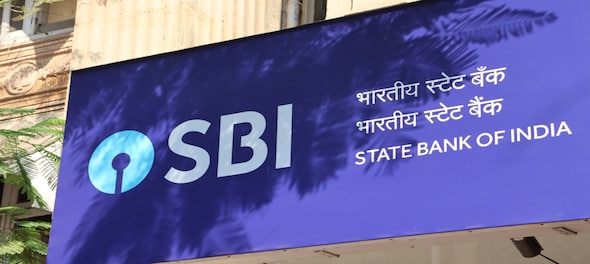
State Bank of India (SBI) may not increase their fixed deposit (FD) interest rates anytime soon. "We are comfortably placed on deposits, growing better than last quarter. Don’t think we would have to increase deposit rates," Chairman Dinesh Khara told CNBC-TV18 in a recent interview.
Live TV
Loading...
SBI is in wait and watch mode even as peers like HDFC Bank, ICICI Bank, Axis Bank and Canara Bank are desperate to garner as much in deposits as possible, at a higher cost if need be.
The same is true for SBI albeit to a lesser degree. Low-cost deposits, as reflected in CASA ratio — which reflects the proportion of current and savings deposits to total deposits — is back to 40%, a level seen before the COVID-19 pandemic.
Here are the latest CASA ratio for top five banks:
| Banks | CASA Ratio |
|---|---|
| SBI | 40% |
| ICICI Bank | 39.4% |
| Axis Bank | 42% |
| Canara Bank | 31.65% |
| HDFC Bank | 37.7% |
(As per the latest quarterly earning reports)
During the pandemic, low-cost deposits had risen to half of all deposits for India's largest bank by the size of loan books.
The cost of deposits is a contributor to a bank's profit margin. If a bank more low-cost deposits, it makes profit on the loans it extends.
In the latest quarter, SBI saw a 35.5% decline in net profit after accounting for a one-time exceptional item of ₹7,100 crore.
Khara explained that a one-time exceptional item of ₹7,100 crore significantly affected the figures, resulting in a net profit of ₹9,163 crore. This exceptional item covered estimated pension liabilities at a uniform rate of 50%, along with additional provisions for ex-gratia benefits related to Dearness Allowance (DA) neutralization.
What gives Khara the comfort is the 130% liquidity coverage ratio. This is the amount that bank should have in cash and other liquid assets to meet the short-term payments, say, in the next 30 days.
The credit ratio (CD) ratio of SBI is 66%, which is one of the lowest in the industry, according to the SBI Chairman. Essentially, for every ₹3 raised in deposits, SBI is lending a little less than ₹2 to borrowers.
Since it has enough cash in hand, SBI believes it doesn't have to increase deposit rates anytime soon.
SBI last increased interest rates on certain fixed deposits (FDs) on December 27, 2023. The rate revisions targeted deposits below ₹2 crore and were distributed across different tenures.
Here's a look at current fixed deposit rates of SBI:
| Tenors | Interest rates for public | Interest rates for senior citizens |
| 7 days to 45 days | 3.5% | 4% |
| 46 days to 179 days | 4.75% | 5.25% |
| 180 days to 210 days | 5.75% | 6.25% |
| 211 days to less than 1 year | 6% | 6.5% |
| 1 Year to less than 2 years | 6.8% | 7.3% |
| 2 years to less than 3 years | 7% | 7.5% |
| 3 years to less than 5 years | 6.75% | 7.25% |
| 5 years and up to 10 years | 6.5% | 7.50% |
(Source: SBI)
Meanwhile, it is widely expected that the Reserve Bank of India (RBI) may leave interest rates unchanged in the upcoming Monetary Policy Committee (MPC) that ends on February 8.
The benchmark repo rate (the interest that banks pay for money borrowed from RBI) has been unchanged at 6.5% for 10 months now.
(Edited by : Sriram Iyer)
Check out our in-depth Market Coverage, Business News & get real-time Stock Market Updates on CNBC-TV18. Also, Watch our channels CNBC-TV18, CNBC Awaaz and CNBC Bajar Live on-the-go!


Repolling underway in six polling booths in Outer Manipur Lok Sabha seat
Apr 30, 2024 10:25 AM
Hyderabad BJP candidate Madhavi Latha's assets worth ₹218 crore
Apr 30, 2024 10:09 AM
With ₹5785 crore assets, TDP candidate Chandra Sekhar stirs poll attention
Apr 30, 2024 9:43 AM

